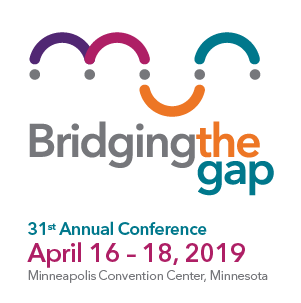Distance Bias—When out of Sight Really Means out of Mind
90-minute Workshops
Day 2
Session Code: S3-CWhen: April 17, 2019
Location/Room: M 101 AB
Level: Intermediate
Track: Critical Employment Practices
Presenters: Trina Hoefling, Universities of Denver and Southern California | Kathy Kacher, Career/Life Alliance Services; The SMART Workplace
Description
Inclusion professionals are well versed in all kinds of bias and how to help their organizations address the challenges and opportunities in this area. But with more and more employees moving to a remote work style, very few companies have thought to take the time to understand the impact that distance bias has on mobile and remote employees.
Distance bias is the tendency to favor people who are closer to us in time and space. This tendency results in remote and mobile employees feeling isolated or disengaged. Out-of-sight employees lose out on real advancement opportunities. During the past several years, IBM, Yahoo, Best Buy and others have called their virtual workers back to co-located work, thinking this will be the solution to their people or innovation “problem.”
Could this have been an overreaction? Could they have as easily and more affordably invested in the simple solution of educating leaders and teams on the impact of distance bias introduced when working virtually? A simple virtual team model and well-used collaborative tools easily improve the remote employee’s experience.
This session will show how to identify distance bias not only in your organization, but in yourself as well, and how it can impact the employee experience. With this knowledge, we will share the Threefold Path© to high-performing virtual teams and professionals, an easy-to-follow way to stay connected virtually. We’ll examine essential collaborative tools that, when applied, insure distance bias is reduced.
Attendees will hear and share real-life examples and practical advice that keep people connected in a virtual workplace by using collaborative technology and intentional communication that cultivate powerful relationships with virtual leaders, co-workers and clients. Practices from Trina Hoefling’s book with also be used.
Learning Outcomes
- Understand the impact of distance bias and how to measure it
- Apply a work model that reduces distance bias inside an organization
- Discuss best practices that organizations have implemented and share practices from participants
Handouts
Distance Bias Handout


